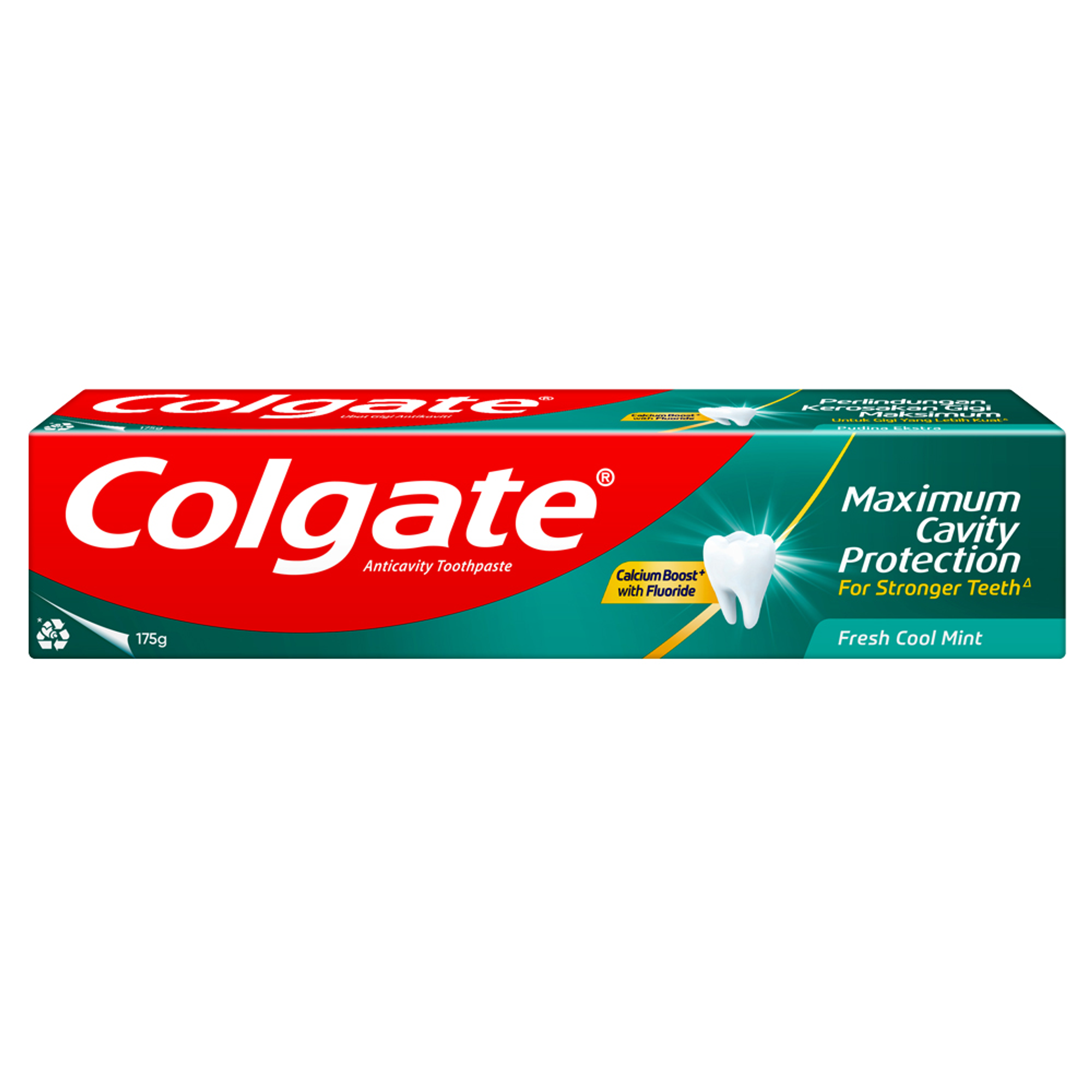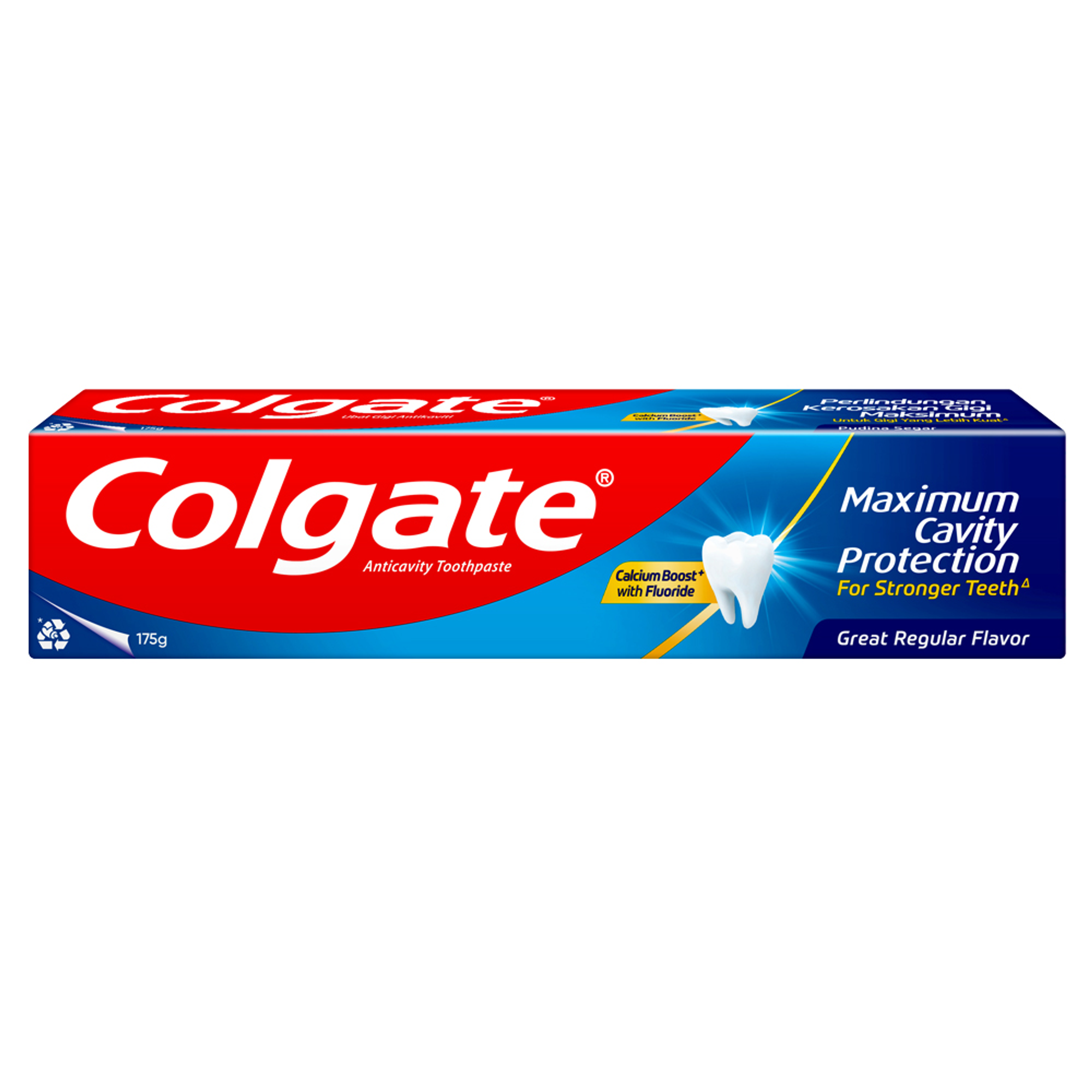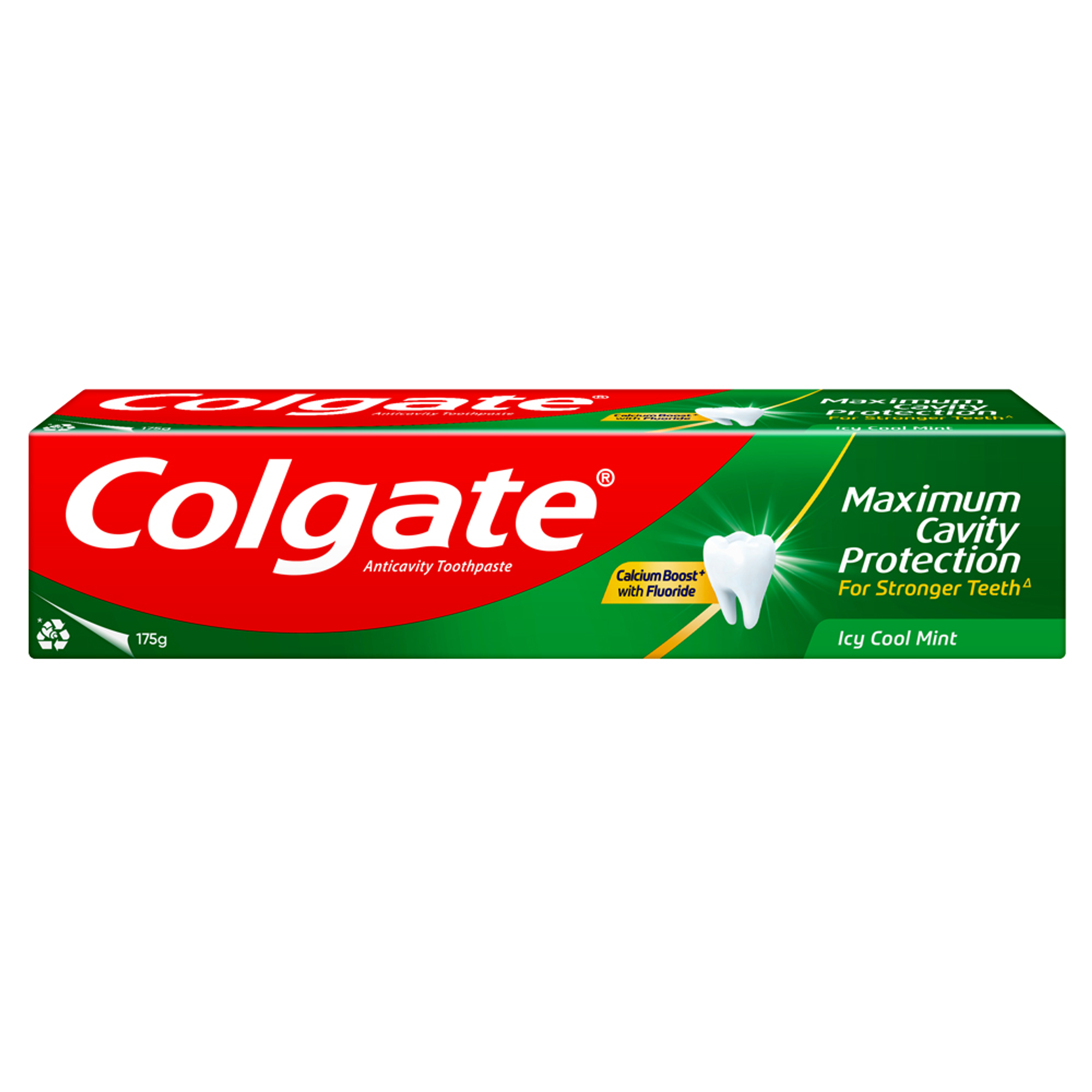What is Tooth Filling?
If you have the question of what is a tooth filling in your mind, here is the answer. A filling is a way to restore a tooth damaged by decay back to its normal function and shape. When a dentist performs a teeth filling, they first remove the decayed tooth material, clean the affected area, and then fill the cleaned-out tooth cavity with a specific filling material.
Beyond restoring the tooth’s structure, a teeth filling also seals off spaces where bacteria could enter, thus preventing further decay. There are several materials used for fillings, including gold, porcelain, composite fillings (tooth-coloured fillings), and amalgam (an alloy of mercury, silver, copper, tin, and sometimes zinc).
Types of Dental Fillings
There are different types of dental fillings available, each with its own advantages and disadvantages. The most common types of dental fillings are:
Composite resins: They are tooth-coloured fillings that match the same colour as your teeth and give a natural appearance. They provide good durability and resistance to fracture in small-to-midsize fillings and may not be the ideal material for large fillings. They can be used on either the front or back of teeth, but they have the chance to get stained.
Dental amalgam: Also known as “silver-coloured” fillings, they are made from a combination of metals, including mercury, silver, tin, and copper. They are considered very durable and more affordable than tooth-coloured or gold fillings. However, their dark colour makes them more noticeable than porcelain or composite restorations, and they are not usually used in very visible areas, such as front teeth.
Porcelain fillings: These are custom-made in a laboratory and then bonded to the tooth. They can be matched to the tooth’s colour and resist staining. A porcelain restoration generally covers most of the tooth. Their cost is similar to that of gold.
Gold fillings: Also known as inlays or onlays, gold fillings are composed of an alloy of gold, copper, and other metals. They are typically customised in a laboratory and then cemented into place. Gold is well-known for its durability and compatibility with gum tissues. However, gold fillings are often expensive and will not look as natural as tooth-coloured fillings.
Which Type of Filling is Best?
No one type of teeth filling is best for everyone. The right choice for you depends on several factors, including the extent of the repair needed, any allergies to certain dental filling materials, the location of the filling in your mouth, the lifespan of the filling, and the cost. The location where the filling is applied largely influences the choice of the material.
For instance, composite resin fillings are mostly preferred for the front teeth due to their resemblance to natural teeth. Similarly, based on the size of the filling, larger fillings may require porcelain or gold that offers more strength. When it comes to the cost of teeth fillings, amalgam fillings are considered to be affordable, but porcelain and gold fillings are expensive.
If decay or a fracture has damaged a large portion of the tooth, a dental crown or cap may be recommended. If the decay has reached the nerve, treatment options include root canal treatment, which involves removing the damaged nerve, or a procedure called pulp capping, which attempts to keep the nerve alive. Each type of tooth filling material has its advantages and disadvantages, and your dentist can help you decide which is the best option for your specific needs.
Tooth Filling Procedures
Getting a dental filling procedure is often common. Whether you require a filling due to tooth decay or a damaged tooth, a teeth filling procedure can help you restore the functionality of your teeth. Here is what you can expect during the tooth-filling process from a dental professional:
Initial examination: Your dentist will begin by examining your teeth and taking X-rays if required to understand the extent of the decay and to suggest the appropriate treatment.
Numbing the area: They will use a local anaesthetic, typically injected into the gum tissue, to numb the area that they will be treating. This causes a temporary stinging sensation. Once the area is fully numb, the dentist will begin with the treatment.
Decay removal: As a next step, the dentist may remove the decayed parts of the tooth with a dental drill or laser from the tooth surface. This step is crucial because it helps prevent further damage.
Preparing the space: After removing the decay, the dentist prepares the space for the filling. This involves shaping the space and possibly etching the tooth with an acid gel, depending on the filling material used.
Filling the tooth: The dentist will apply the filling material once the tooth has been prepared. Some filling material should be hardened with a special light, which your dentist may shine several times during the procedure.
Polishing the filling: The dentist will polish the filling as a final step. This process is used to smooth the filling and remove any sharp edges that may otherwise cause injury to the tongue or the lining of the cheeks.
What Happens When You Get a Filling?
After getting a tooth filling, it may take time for the local anaesthetic to wear off completely. You may experience tooth sensitivity, which can last for a few weeks and can be triggered by pressure, air, and hot or cold foods. To reduce sensitivity, avoiding very hot or cold foods and using toothpaste for sensitive teeth is advisable. Mild pain or discomfort in the filled tooth or neighbouring teeth is common and typically subsides within a few days. Maintain good oral hygiene by brushing twice daily and flossing daily to prevent further decay. Regular dental check-ups are also important to monitor the dental filling for wear or other issues. If you experience severe pain or unusual symptoms, seek assistance from your healthcare professional.
To sum up, getting a proper understanding of what a tooth filling is helps one get informed about the procedure. If you require a filling due to tooth decay, seeking proper dental treatment is crucial since the decay, if left untreated, can progress, resulting in toothache and, eventually, tooth loss. With the help of a dental professional, one may get the right type of filling to ensure that the teeth remain healthy and functional. Additionally, regular dental check-ups are recommended, as they help monitor the condition of the filling and the overall dental health to prevent any complications.
Frequently Asked Questions
How long does tooth filling last?
A tooth filling is considered to last from 7 to 20 years or more. The durability of the tooth filling depends on factors such as the type of filling material used, the location of the filling in the mouth, and how well the individual takes care of the filling with proper dental care.
Are tooth fillings painful?
Undergoing a cavity filling may cause some discomfort, but it is uncommon to experience pain. Your dentist might apply a numbing agent or an anaesthetic to your gums, which fully numbs the treated area, ensuring you won't feel any sensation.
Is dental filling good for teeth?
Dental fillings are considered good for teeth as they are a critical part of restorative dental care. They protect the impacted tooth from further damage and stop the progress of decay.
How many times can a tooth be filled?
There is no set limit on how many times a tooth can have a filling. If the hole in the tooth has become too large, the filling material will be more than the natural tooth material, making it hard for the tooth to hold its strength.












